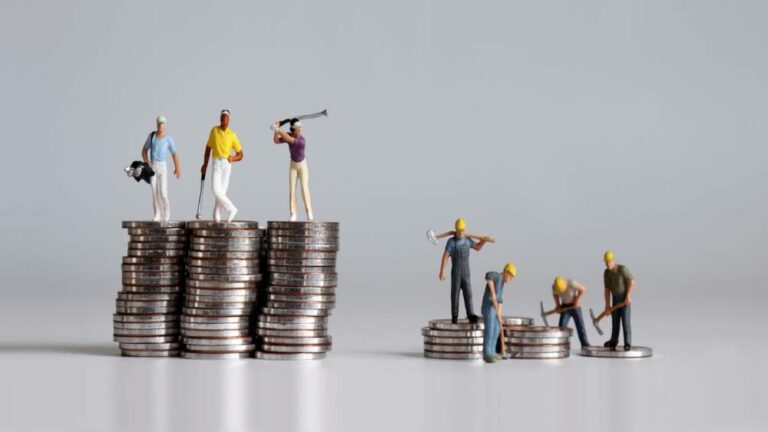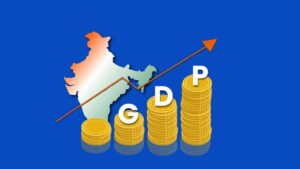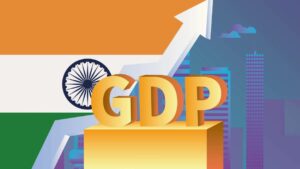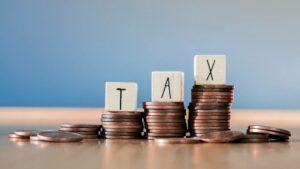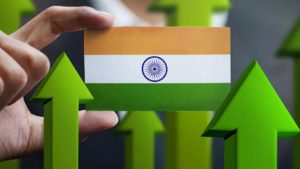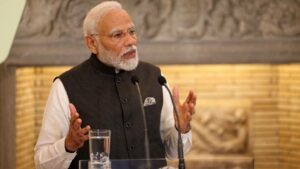Union Agriculture and Farmers Welfare Minister Narendra Singh Tomar said that the budget aims at inclusive and comprehensive development of farmers, and the small farmers will benefit from the budget. The total budget of the Ministry of Agriculture is about Rs 1.25 lakh crore this time. Out of this, provision of Rs. 60,000 crore has been made for the Pradhan Mantri Kisan Samman Nidhi (PM-Kisan). There are about 86 per cent small farmers in the country, who have been greatly benefited through the Kisan Credit Card. The minister is absolutely right.
Just to remind him, besides the budgeted provisions, there have been multiple loan waivers for farmers, yet a recent report says the figures of suicide are growing in Maharashtra (this could be in other States too). And we are talking of five trillion dollar economy goal. At times it seems to be a joke.
The Marathwada region of Maharashtra reported 1,023 farmer suicides in 2022, up from 887 in the previous year. So far, 10,431 growers have ended their lives in the region’s eight districts since 2001. In the 2011-2020 decade, the highest number of farmer suicides at 1,133 was reported in 2015. Out of the 10,431 farmers who ended their lives since 2001, 7,605 had received aid as per the government norms.
Over the past few years, the region has seen drought-like conditions in some years and excess rain in others, which has compounded the difficulties of crop growers. The irrigation network in the region is also not being used to its full capacity. Earlier, most farmer suicides were reported between July and October but the pattern has changed. The numbers are growing between December and June.
Now look at the other side of the coin
Oxfam International said the total number of billionaires in India increased from 102 in 2020 to 166 in 2022. Releasing the India supplement of its annual inequality report on the World Economic Forum Annual Meeting, Oxfam said that the richest one per cent in India now own more than 40 per cent of the country’s total wealth, while the bottom half of the population together share just 3 per cent of wealth. It says that taxing India’s ten-richest at 5 per cent can fetch entire money to bring children back to school. The report titled ‘Survival of the Richest’ further said that if India’s billionaires are taxed once at 2 per cent on their entire wealth, it would support the requirement of Rs 40,423 crore for the nutrition of malnourished in the country for the next three years.
“A one-time tax of 5 per cent on the 10 richest billionaires in the country (Rs 1.37 lakh crore) is more than 1.5 times the funds estimated by the Health and Family Welfare Ministry (Rs 86,200 crore) and the Ministry of Ayush (Rs 3,050 crore) for the year 2022-23,” it added.
On gender inequality, the report said that female workers earned only 63 paise for every 1 rupee a male worker earned. For Scheduled Castes and rural workers, the difference is even starker — the former earned 55 per cent of what the advantaged social groups earned, and the latter earned only half of the urban earnings between 2018 and 2019. Oxfam said the report is a mix of qualitative and quantitative information to explore the impact of inequality in India.
Since the pandemic begun to November 2022, billionaires in India have seen their wealth surge by 121 per cent or Rs 3,608 crore per day in real terms, Oxfam said. On the other hand, approximately 64 per cent of the total Rs 14.83 lakh crore in Goods and Services Tax (GST) came from bottom 50 per cent of the population in 2021-22, with only 3 per cent of GST coming from the top 10 per cent.
The combined wealth of India’s 100 richest has touched USD 660 billion (Rs 54.12 lakh crore) -– an amount that could fund the entire Union Budget for more than 18 months, it added. Taxing the super-rich is the strategic precondition to reducing inequality and resuscitating democracy.
It’s time for the government to introduce certain measures because country’s marginalised are continuing to suffer in a system which ensures the survival of the richest. The time has come to tax the rich and ensure they pay their fair share.
Otherwise this inequality could be dangerous someday, who knows!



